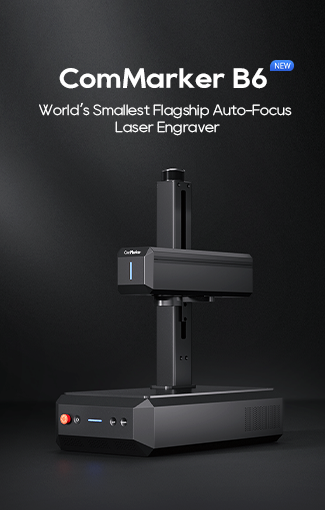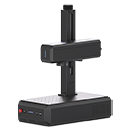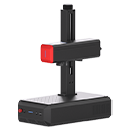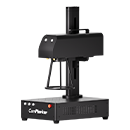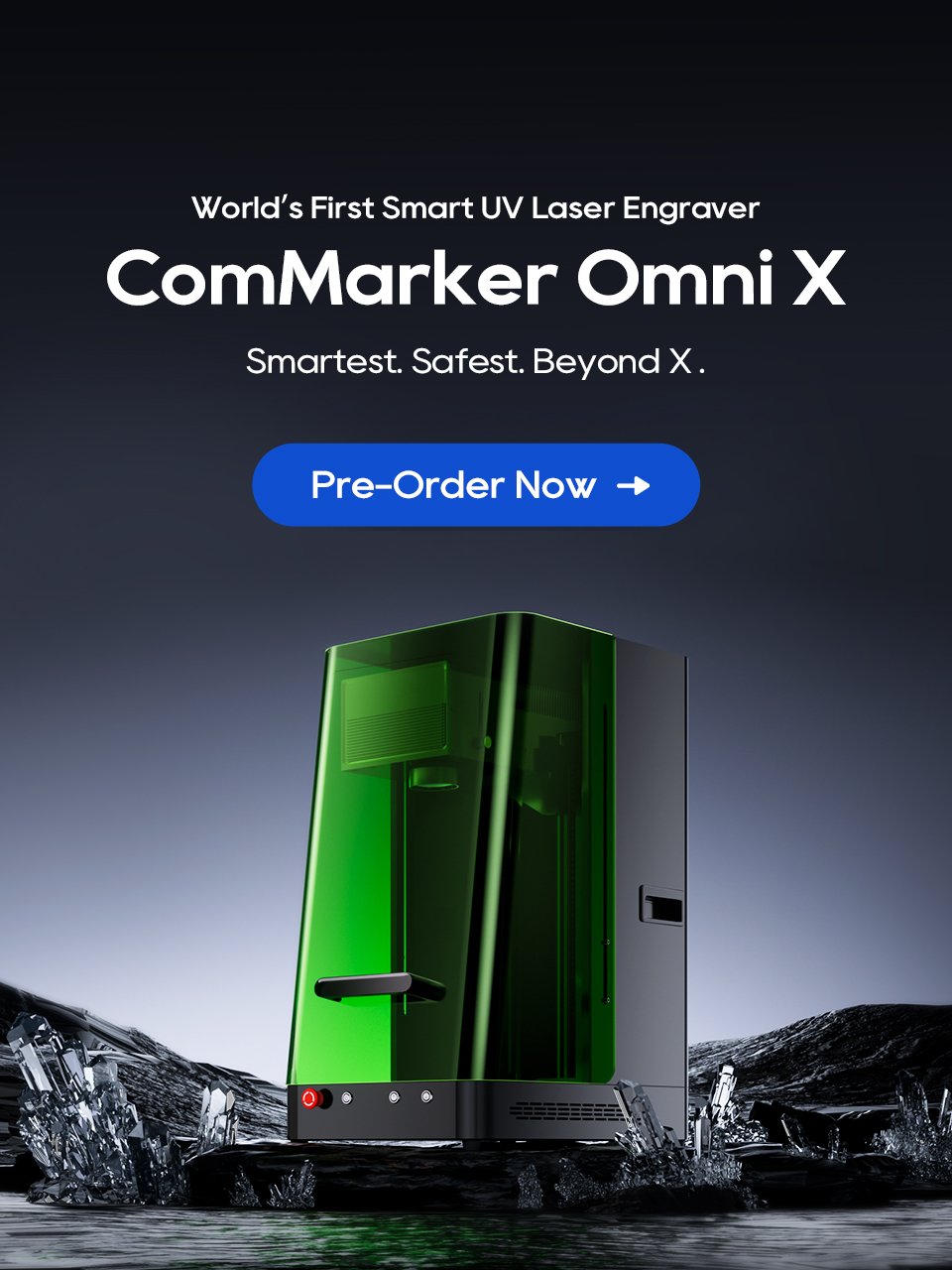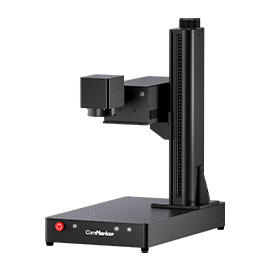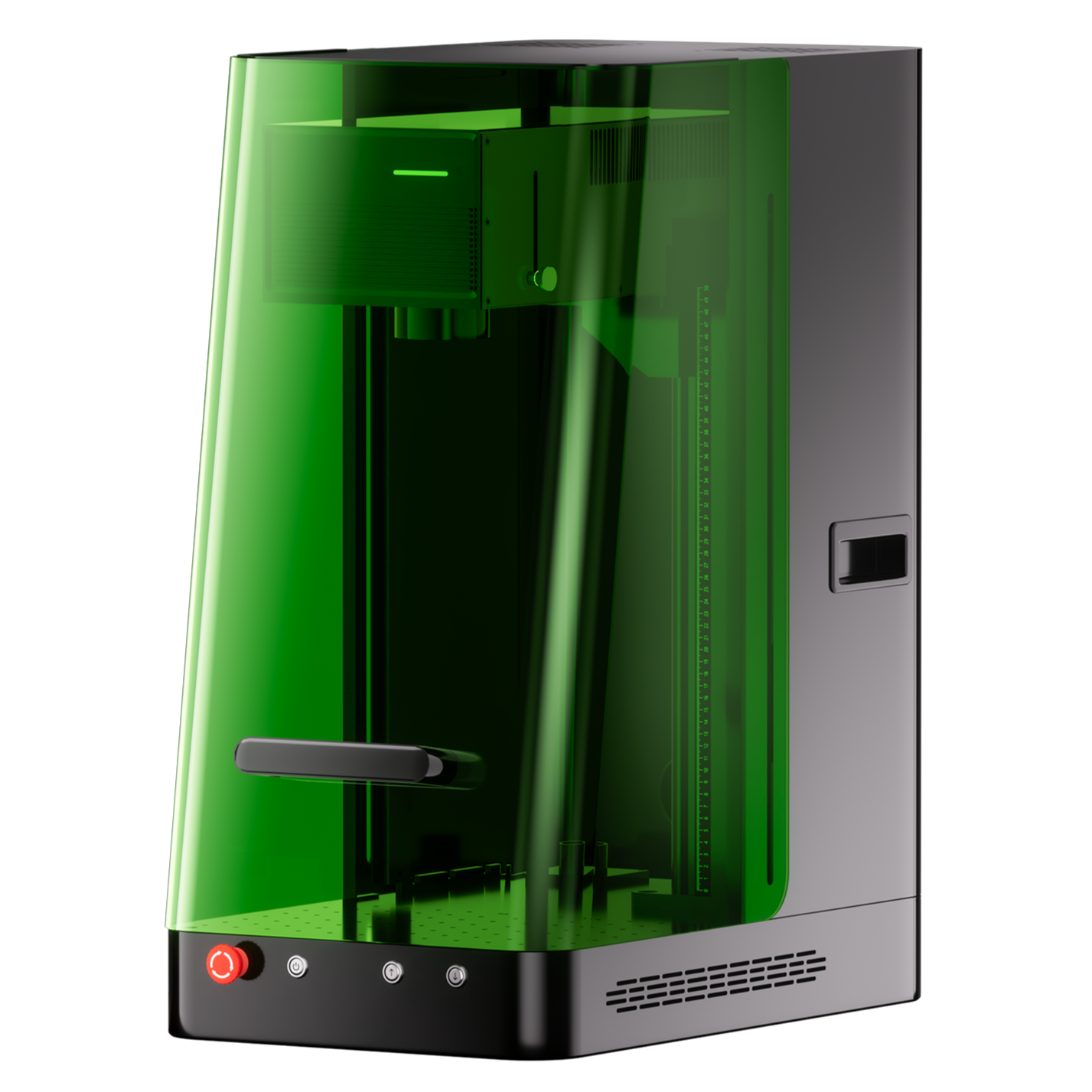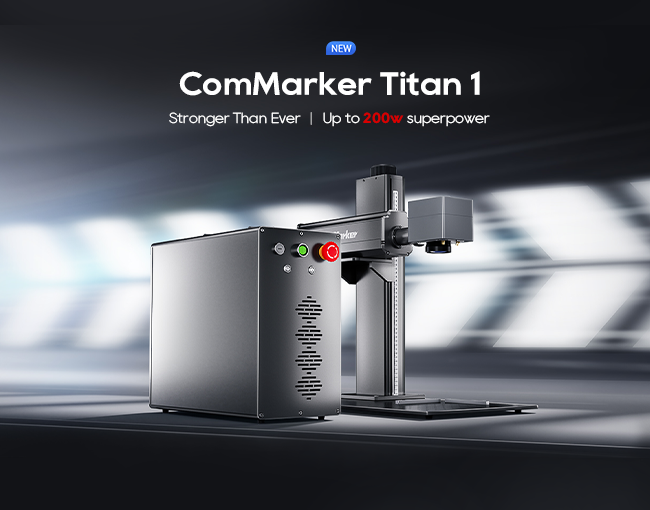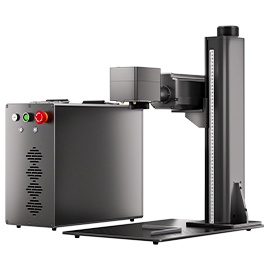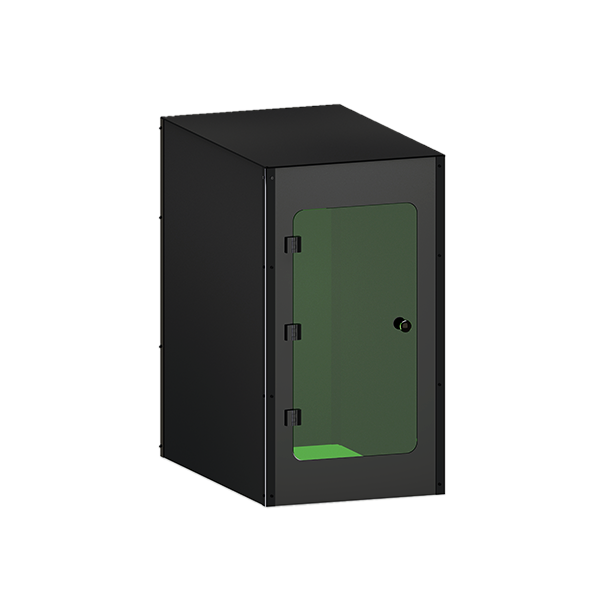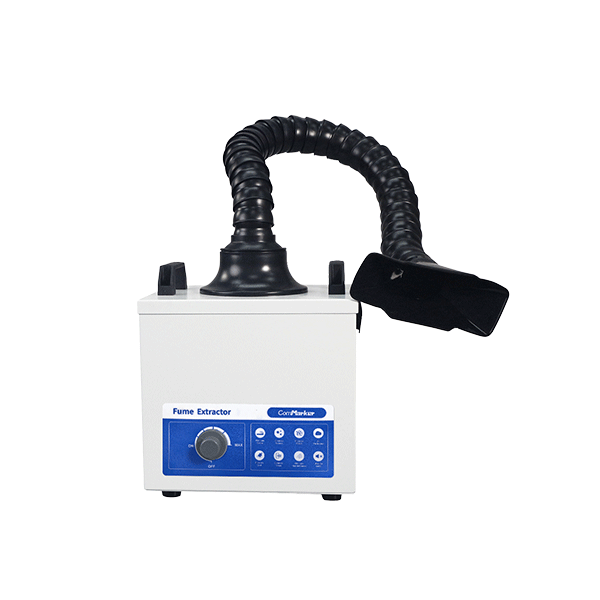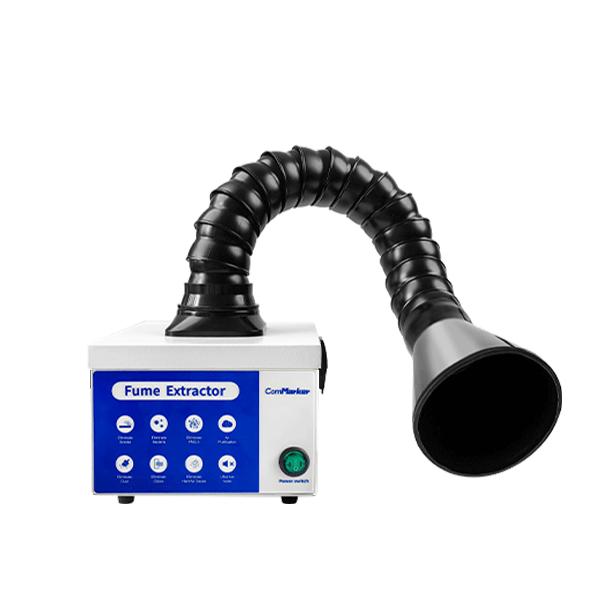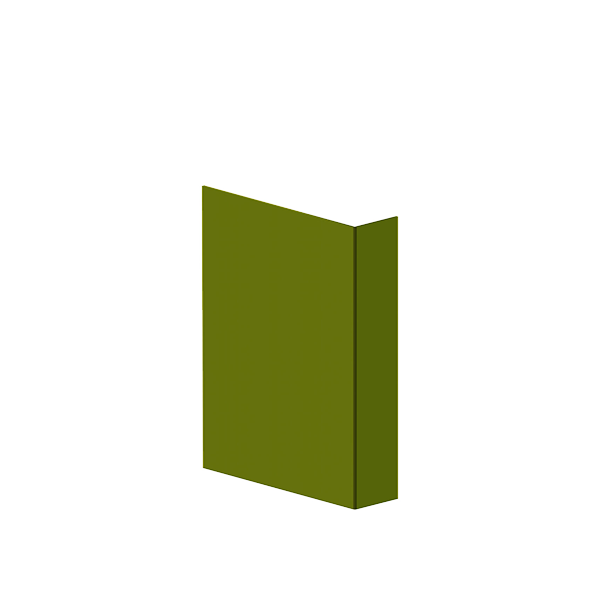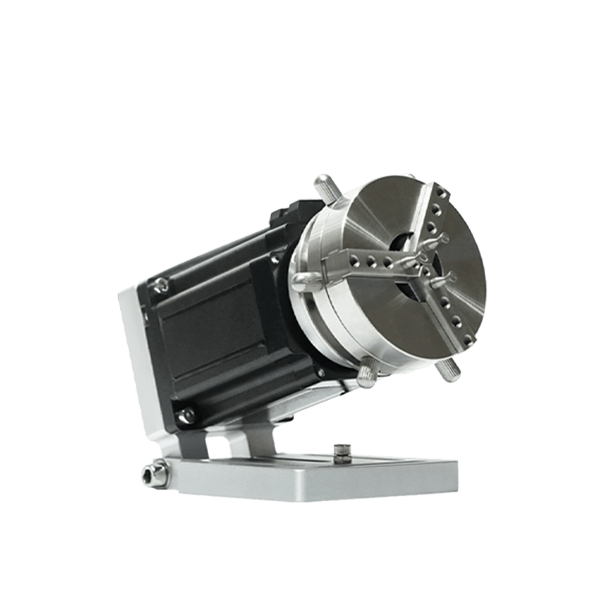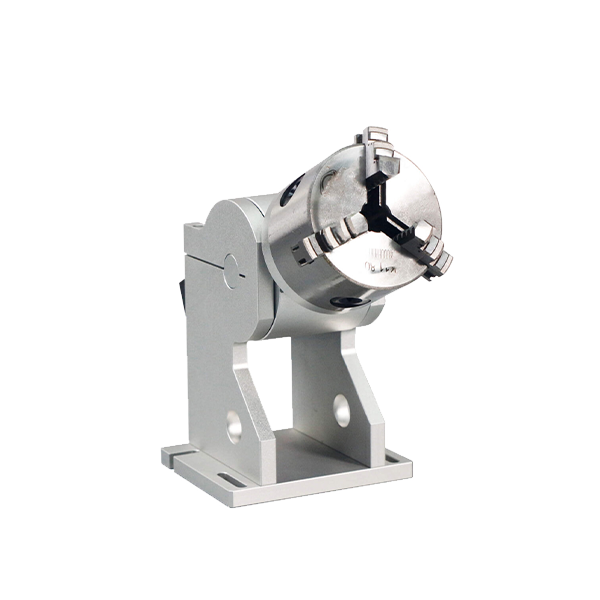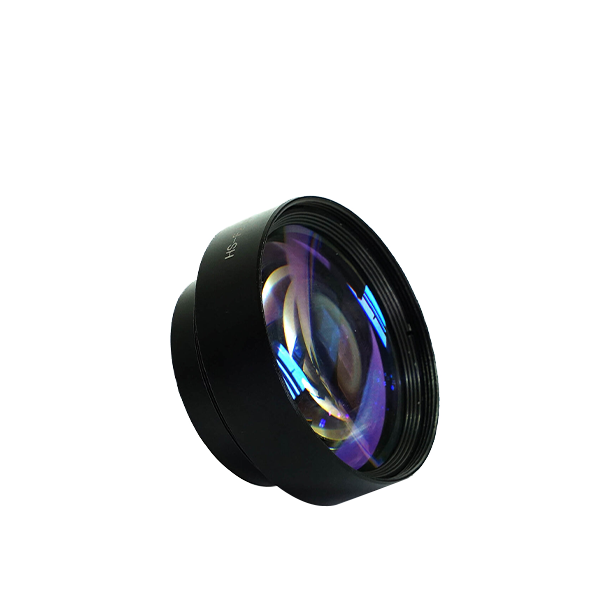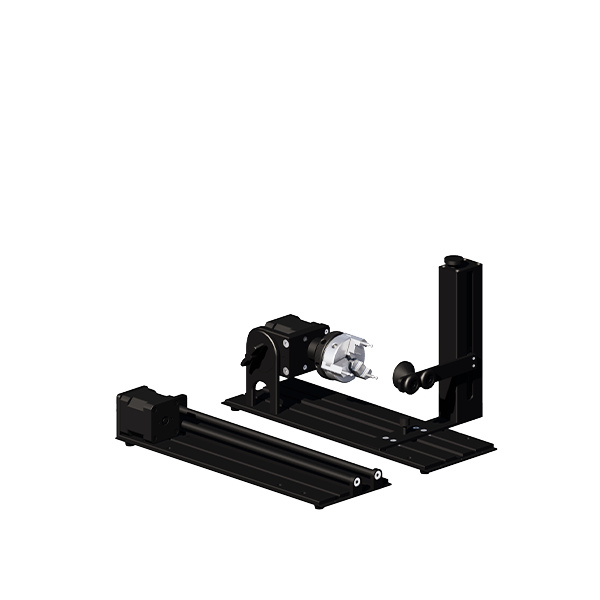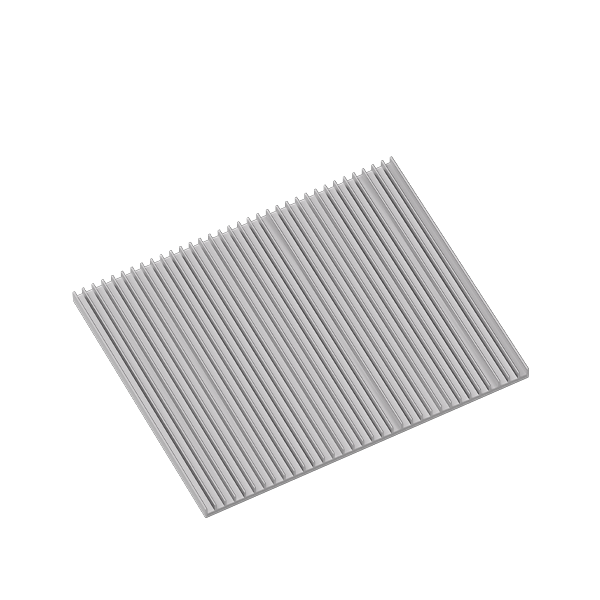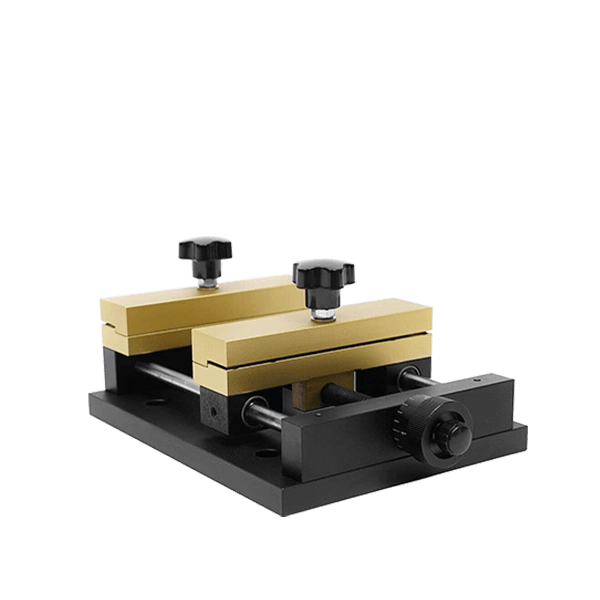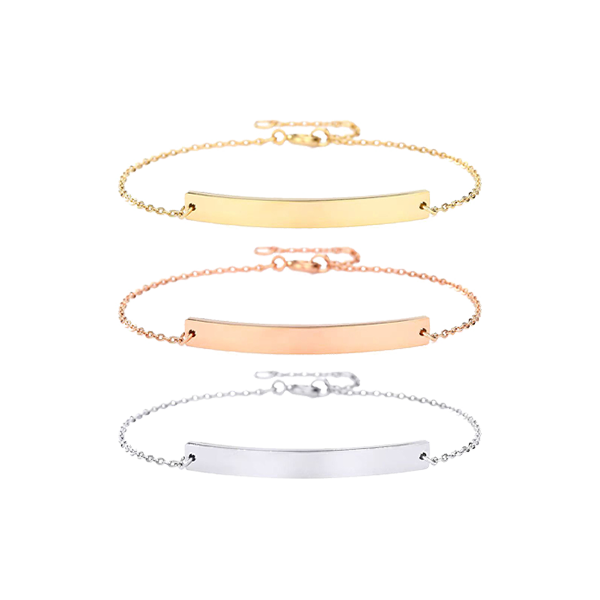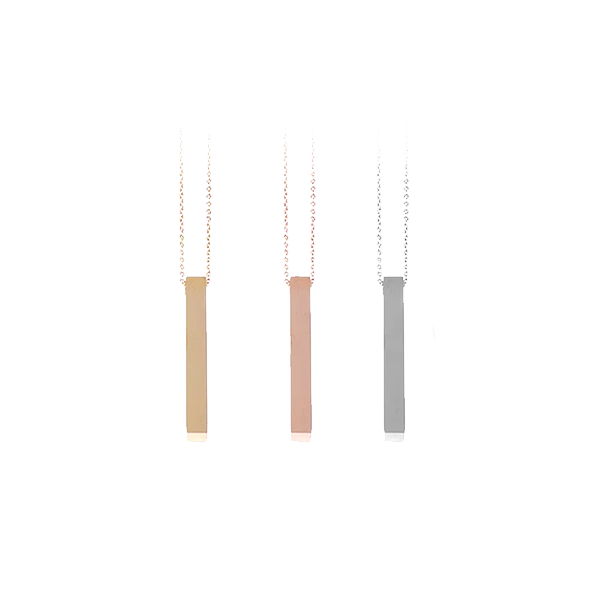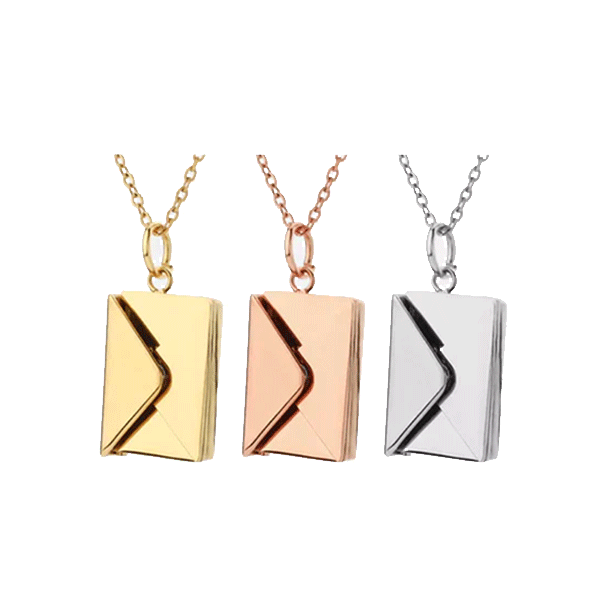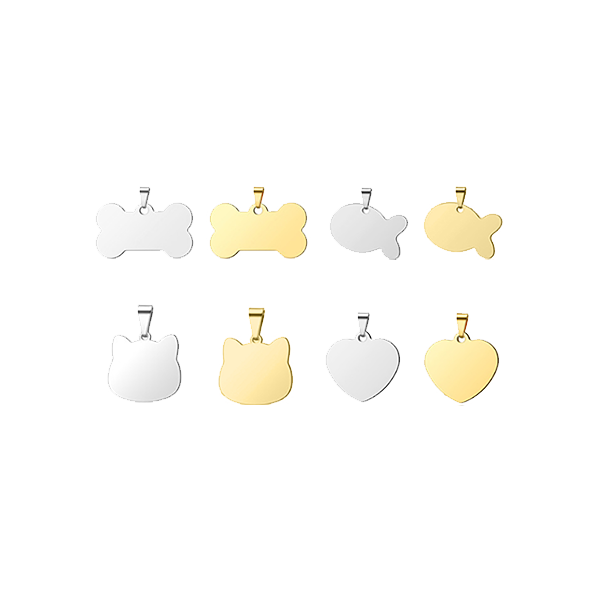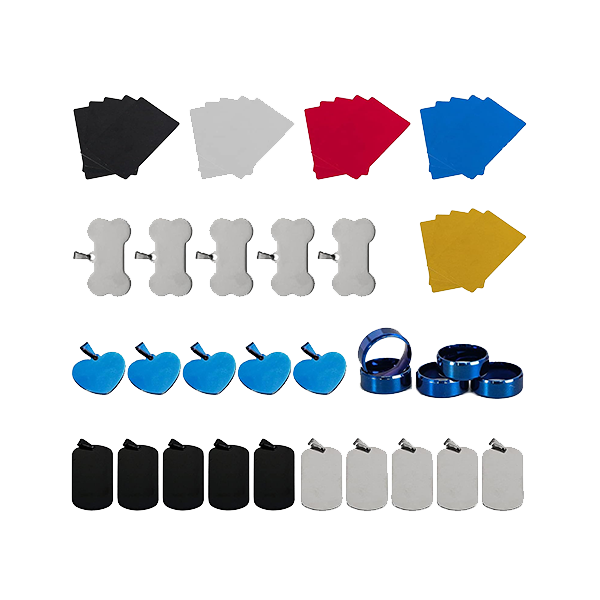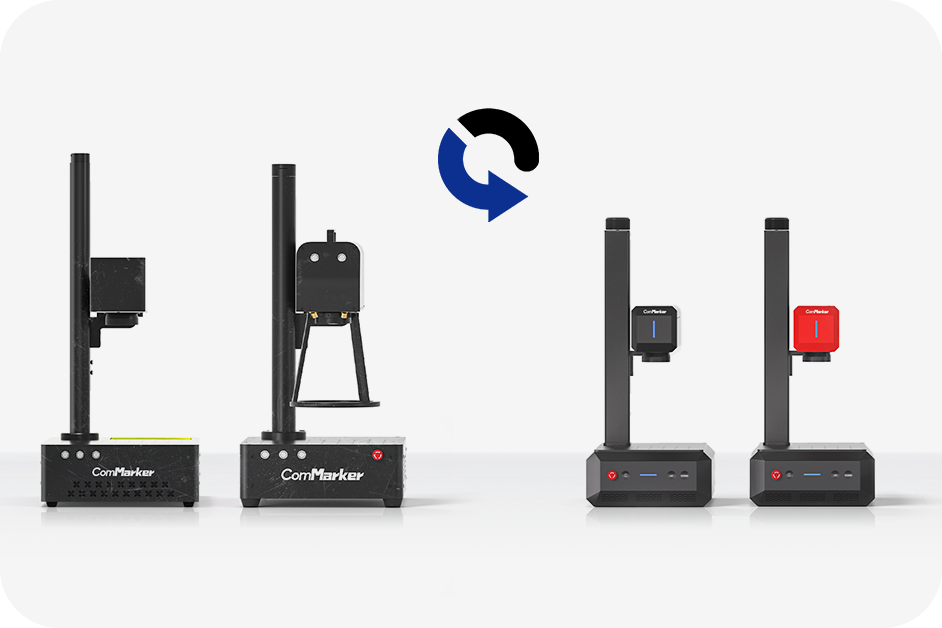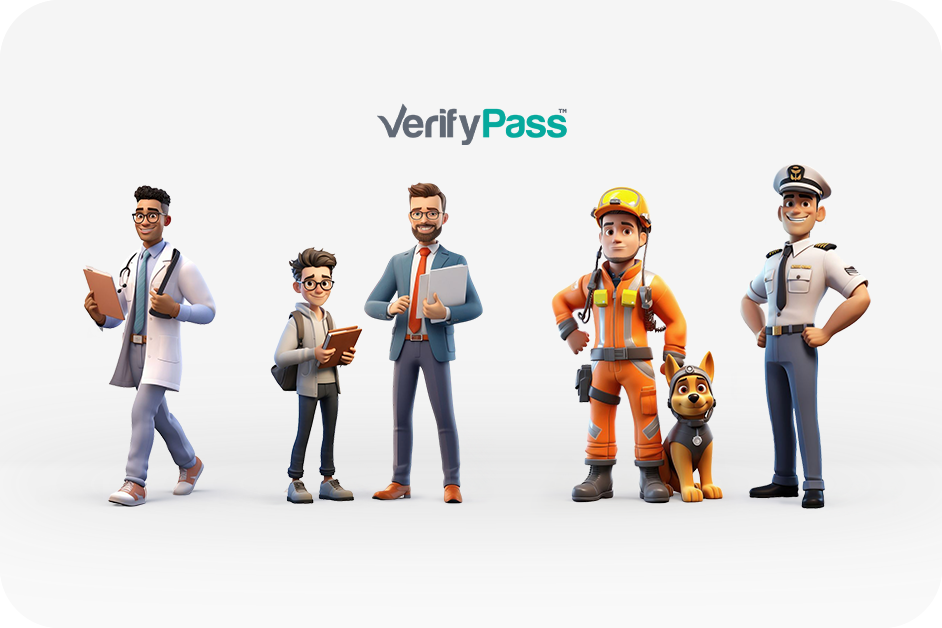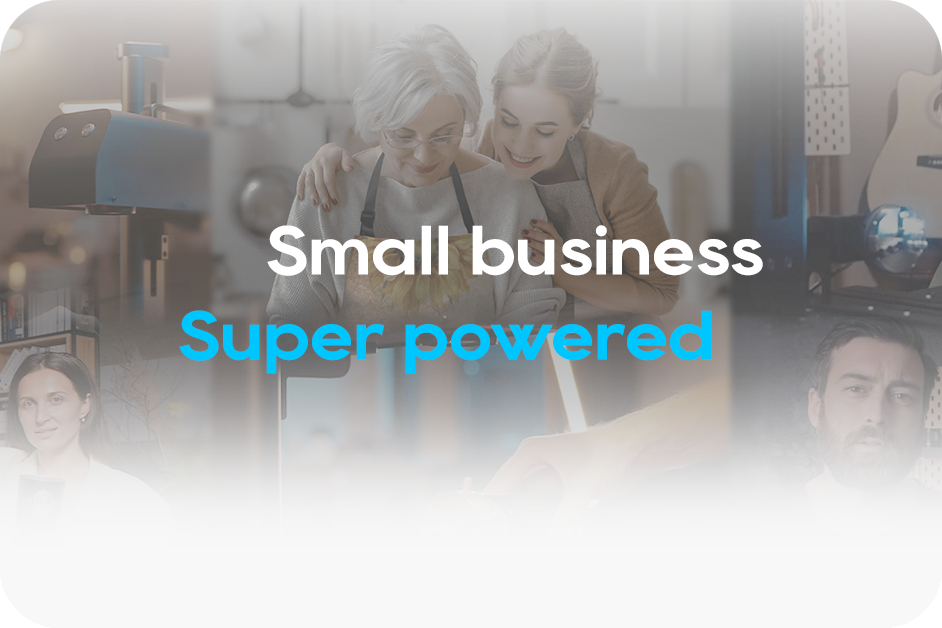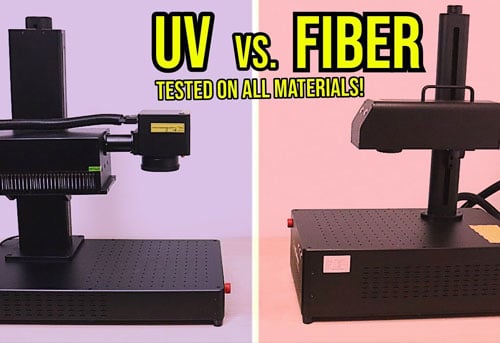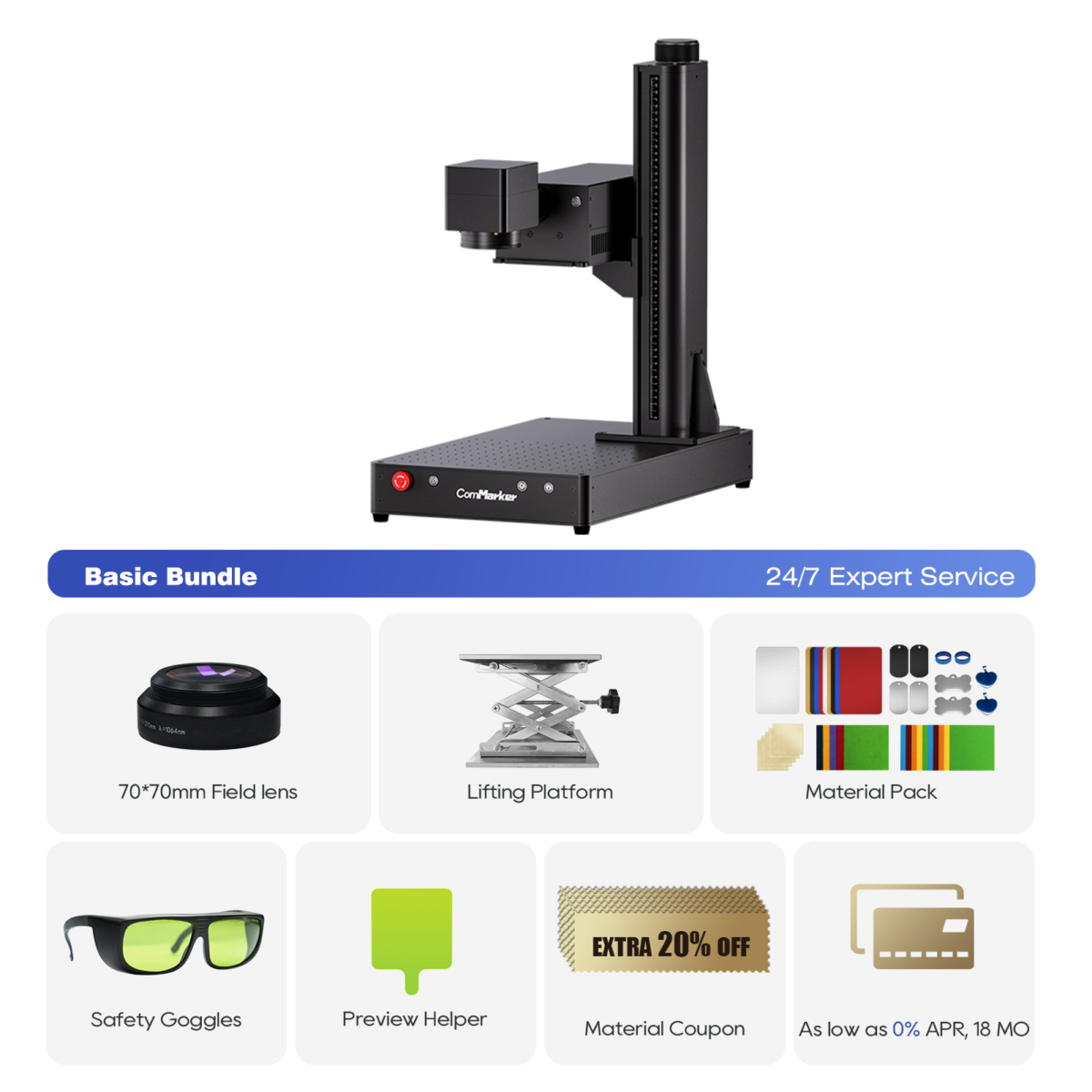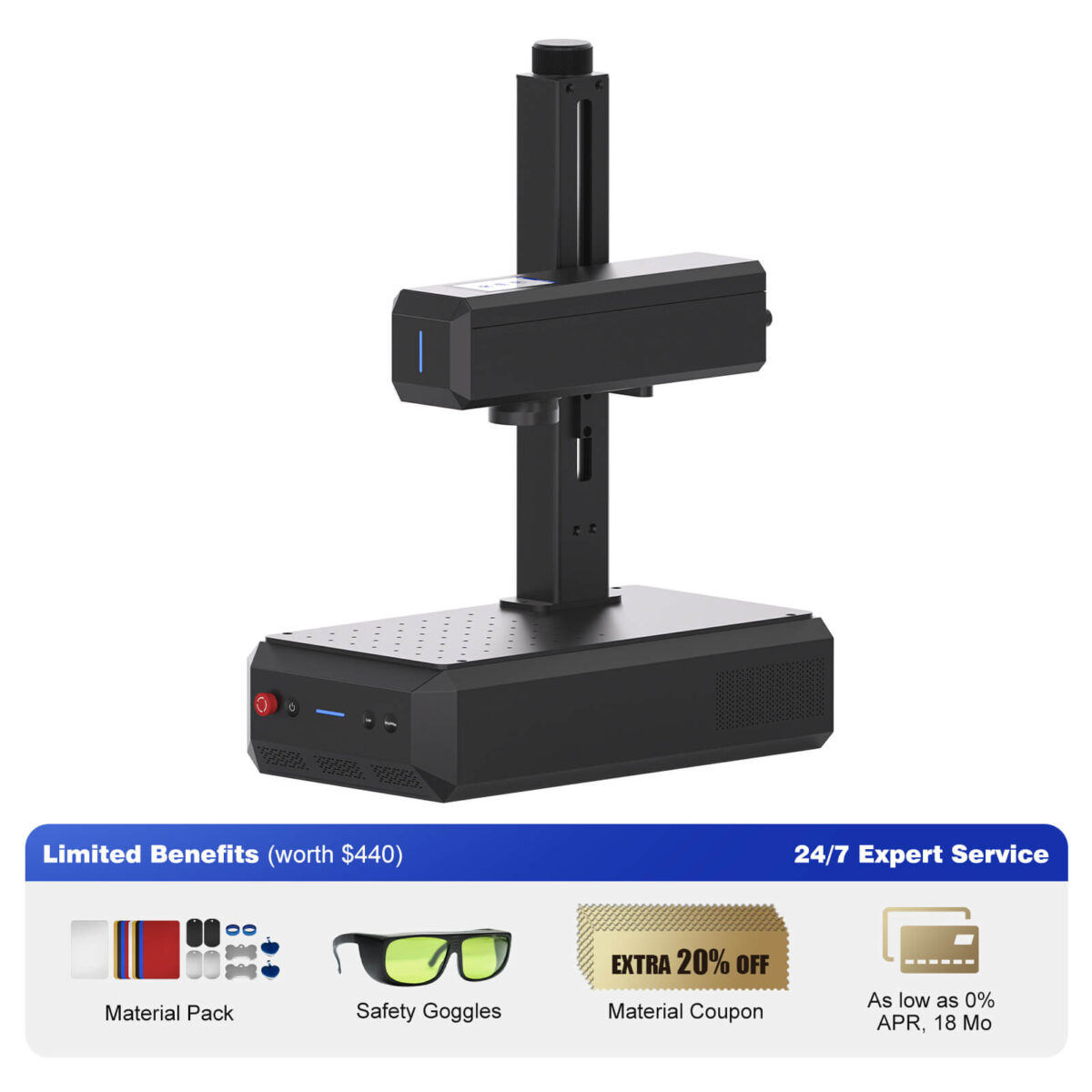Thinking of buying a laser engraver but not sure which type fits your needs best? Je bent niet de enige. Many makers, hobbyisten, and small business owners face this question when deciding between a UV laser engraver and a fiber laser engraver.
In this hands-on comparison, I tested both types of laser engravers on a wide range of materials—metal, kunststoffen, glas, steen, hout, textiles—and logged the real-world differences. If you want to understand what a UV laser can do that a fiber laser can’t (en vice versa), keep reading.
What’s the Real Difference Between a UV and a Fiber Laser Engraver?
Both UV and fiber laser engravers use high-speed galvo systems to create precise marks. But the laser wavelength is where things get interesting:
- Vezellasers operate in the infrared spectrum, relying on heat. They’re ideal for deep metal engravings and rust removal but can damage sensitive materials.
- UV-lasergraveerders gebruik ultraviolet light that reacts photochemically—so instead of burning, they mark by breaking molecular bonds. This allows them to engrave delicate materials like glass, plastic, or textiles without cracking, kromtrekken, of branden.
If your projects include a variety of materials beyond just metal, this difference matters a lot.
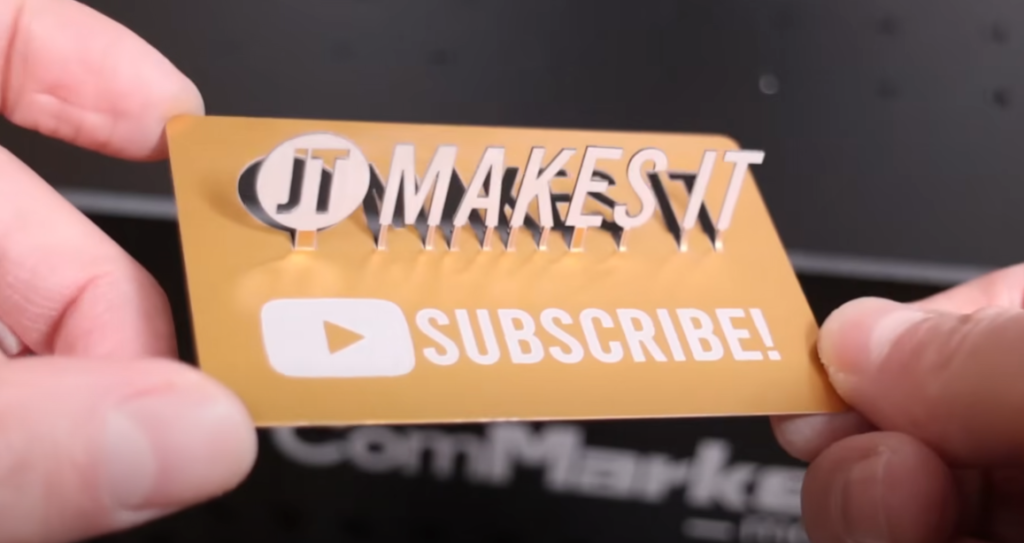
Laser Engraver Showdown: Head-to-Head Testing by Material
Engraving Metal Business Cards
Vezellaser: Diep, high-contrast, snel. Great for production.
UV-laser: Crisp but shallow engraving, not suited for cutting.
Verdict: Fiber laser engraver wins for metal card production.

Raw Metals – Aluminum, Messing, Koper, Roestvrij staal
Vezellaser: Excels across all types—deep engraving, 3D effects, even color (if you’re using a MOPA fiber laser).
UV-laser: Can engrave, but marks are shallower and fewer visual effects.
Verdict: For industrial-level durability or color effects, fiber is unmatched.

Kunststoffen en acryl
UV-laser: This is where it shines. Whether it’s black, clear, gekleurd, or even transparent acrylic—UV delivers precise, schoon, high-contrast results without melting.
Vezellaser: Works well on some plastics but tends to burn or melt the surface. Not reliable across all materials.
Verdict: Laser engraver for plastic? UV is the clear winner.

Glass Engraving and Cutting
UV-laser: Engraves cleanly with a frosted effect, no cracking. Can even do subsurface engraving and cut thin glass—perfect for custom glassware or awards.
Vezellaser: Simply can’t engrave glass without a workaround (bijv. marking spray or tape), and results are usually poor.
Verdict: If you want to do glas graveren, a UV laser engraver is the only real choice.

Engraving Wood
UV-laser: Precise and clean engravings with no smoke stains. Ideal for fine detail work like signs or jewelry boxes.
Vezellaser: Struggles. Most fiber engravers won’t even leave a mark on wood.
Verdict: Gebruik een UV laser engraver for wood, especially if contrast isn’t your top priority.

Engraving Textiles & Leer
UV-laser: Ablates the surface dye, leaving soft fabrics intact. Works great on denim, polyester, and even microfiber towels.
Vezellaser: May not mark at all, or might melt/burn the fabric.
Verdict: UV is best for engraving textiles and gives better results on leather too—no burn marks.

Engraving Stone
Vezellaser: Can go deep and fast—good for awards, stone coasters, enz.
UV-laser: Can engrave some types, but marks are shallower and less consistent.
Verdict: Fiber laser is better for engraving on stone unless extreme detail is required.
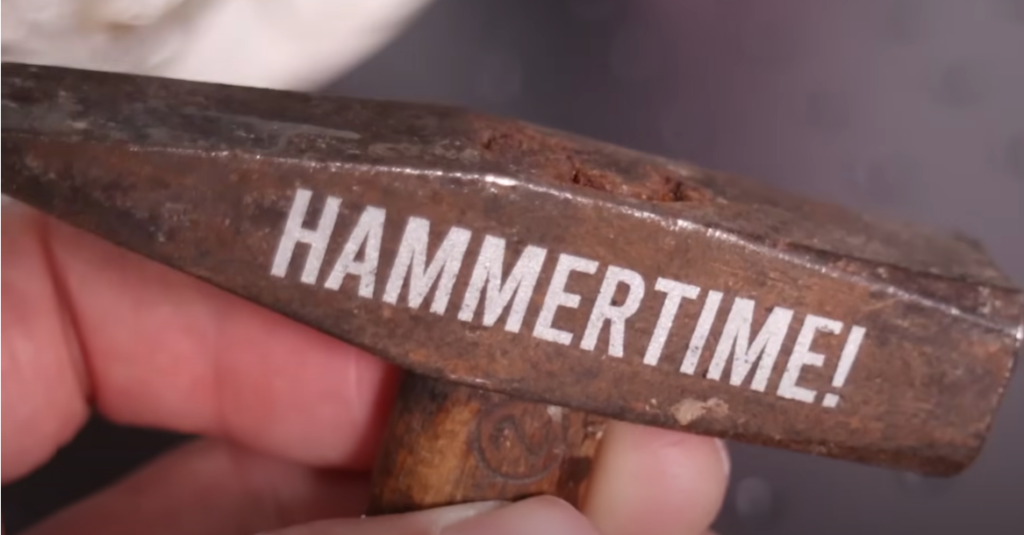
Specialty Use Cases
- Rust Removal: Fiber laser wins hands down.
- PCB Prototyping: Fiber laser’s precision and power make it ideal for etching and drilling copper.
- Rubber Stamp Making: UV laser offers cleaner results with crisp detail.
- Engraving Ceramic Cups: UV laser removes paint cleanly with no charring.
- Engraving Cardboard or Leaves: UV laser handles these fragile materials effortlessly.
Welke laser graveur moet u kiezen?
Still wondering what the best laser engraver is for your DIY workshop or small business? Here’s a quick summary based on use case:
ComMarker Omni 1 Lasergraveerder
Laser van de volgende generatie om alle materialen te ontgrendelen. ZeroBurn™-graveertechnologie 's werelds eerste 16K HD-lasergraveerder 10.000 mm/s SpeedMax™-graveersysteem Ontgrendel al het materiaal met UV-laser ColdFront™ thermische technologie Elektrisch heffen met 2 Optionele lenzen compatibel met EZCAD en LightBurn 360° roterend graveersysteem
Choose a UV-lasergraveerder if you:
- Want to engrave plastic, acryl, of glas
- Work with delicate or colored materials
- Need precision and detail without heat damage
- Want to engrave fabric, leer, or wood with clean lines
- Are making custom gifts, crafts, or art pieces
ComMarker B6 vezellasergraveerder
Laser overal. Nauwkeurig en toch slim. Recordbrekend compact formaat 2-in-1 ontwerp Autofocustechnologie 15.000 mm/s SpeedMax™-gravure 8K HD-nauwkeurigheid Smart LED-touchscreen ColdFront™ thermische technologieklasse 1 Veiligheidslasermachine
Choose a Vezellasergraveerder if you:
- Focus mainly on metals (vooral roestvrij staal, messing, or copper)
- Need deep, duurzame gravures
- Want color marking on stainless steel (MOPA only)
- Need to remove rust or etch PCBs
- Value speed and power for high-volume production
Choosing the Right Laser Engraver for Your Projects
There is no universal “best” laser engraver—it comes down to your materials, projects, and business goals.
Voor mij, running both a UV and fiber laser engraver side-by-side lets me cover everything from custom tumblers and cutting boards to serial-coded metal parts and glass ornaments.
If you’re just starting out and want a versatile tool for plastic, glas, and detailed engraving, go with a UV-lasergraveerder.
If your projects demand metal engraving at production scale, A fiber laser graveur is your best bet.




